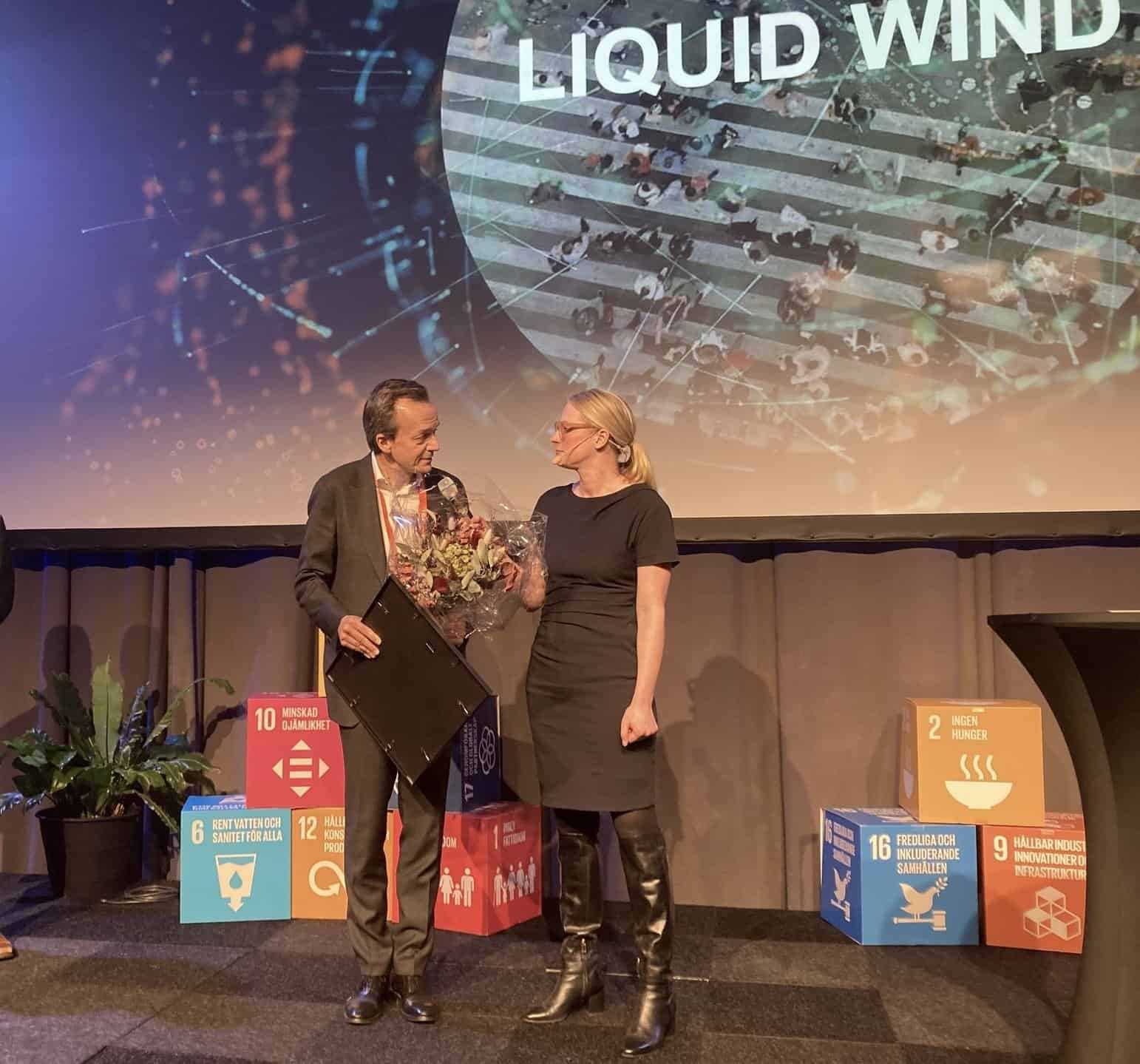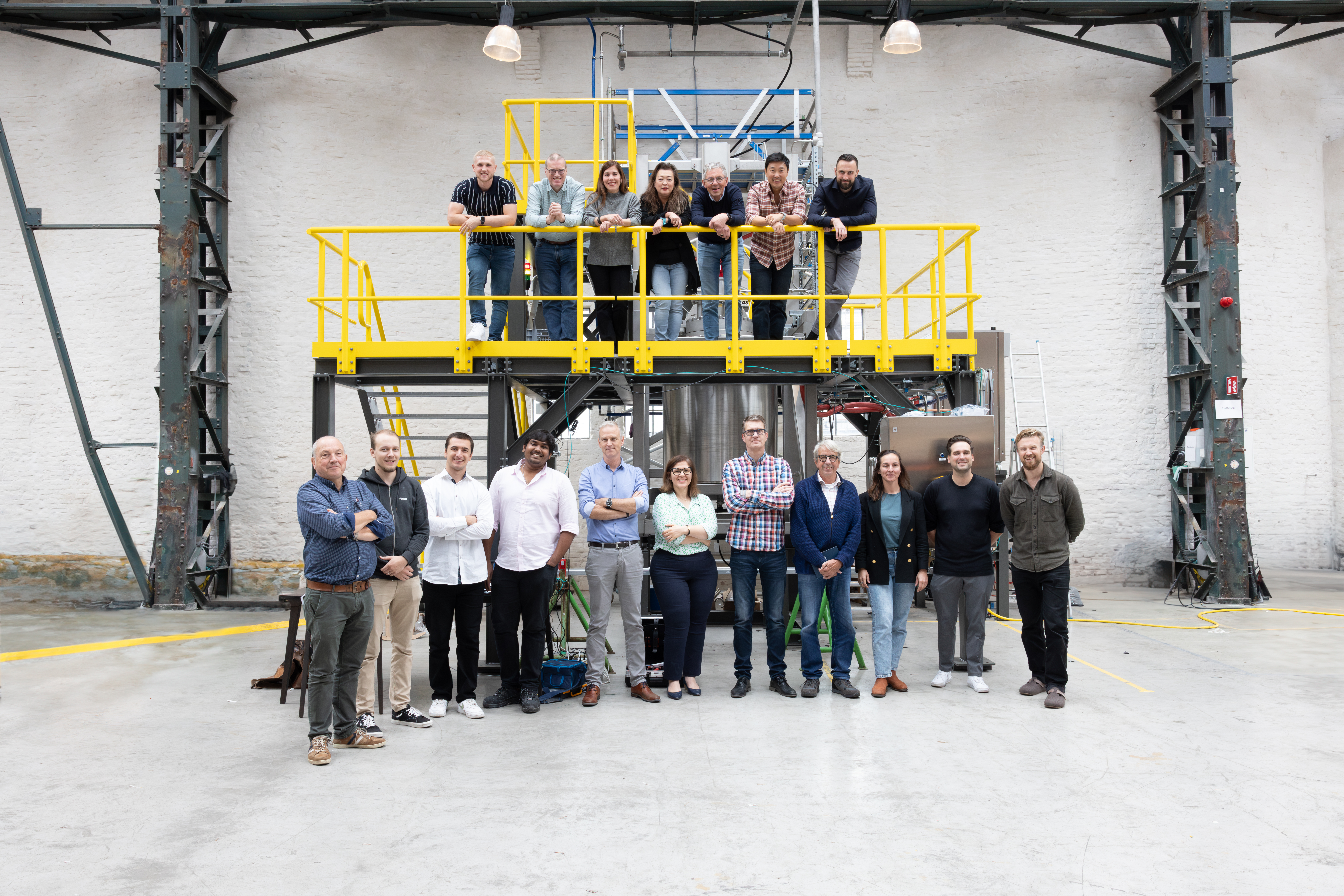
It actually makes a lot of sense when you think about it. When paper gets wet, it swells up. This is also the case with nano-insulating foam based on wood fibers. If you add a little water to that material, it will force the minuscule fibers apart. This creates a highly insulating material, as scientists at the University of Stockholm (Sweden) and several other international universities have discovered. According to them, these nanofibril foams are excellent substitutes for existing petroleum-based products. The Swedish researchers claim that this enables both the construction industry and the packaging industry to take an important step forward in terms of sustainability.
Retrofitting existing insulation
The researchers were able to prove that water seeps into the spaces of small nano-sized wooden fibers at higher levels of humidity. This causes the insulation material to swell. Consequently, the heat can no longer move through the material. The higher efficiency of the material also makes it possible to retrofit this type of insulation into existing buildings without sacrificing any interior space or modifying the facade.
Lennart Bergström, materials scientist and professor at the University of Stockholm, led the team of researchers who came from universities in Sweden, Japan, and the United States. The team first started out with cellulose pulp. This is the raw material from the Swedish company Domsjö Fabriker which you use to make paper with. They broke down the already tiny fibers into much smaller nanoparticles of cellulose, which were subsequently dissolved in water.
Air humidity regulates heat flow
The researchers then used ice as a template to freeze the nanofibril mass into the form of foam. The tiny wood particles were compressed by the expanding ice crystals, which formed a kind of gauze. Once freeze-dried, the researchers measured the heat flow through the foam using a specially made device that recorded humidity and temperature levels.
The heat flow through the material was regulated by the relative atmospheric humidity. The air in the foam was then displaced by the water. The material also expanded and the water pressed the fibers apart. This diminished the heat flow. Which made the foam more effective as insulation material.
Biggest surprise
“That was the biggest surprise of this research. It is the first time that someone had demonstrated that water can make a material super-insulating,” says Lennart Bergström.
All biopolymers are hygroscopic, Lennart Bergström goes on to explain. “Biopolymers love water. they love absorbing it. Polymers based on fossil fuels do not react to moisture. This is regarded as advantageous for two reasons. They isolate independently of moisture and fungi or mould does not form.”
Construction panels with nanofoam insulation
But wood-based nanofoam works much more effectively. The material is permeable to air. As humidity levels increase, it absorbs water. When humidity levels drop, the water is released again. “As a result, fungal or mold formation and condensation problems in the material are potentially minimized,” the scientist says.
The next step is for the team to design and modify the nanomaterials in order to optimize insulation efficiency at varying levels of humidity inside the nanomaterial. After that, the researchers need to find a way to scale up their production methods so that construction panels with wood fiber-based nanofoam insulation can be fabricated.
However, there is competition in this field. Other researchers have attempted to make nanofoam from materials such as graphene and sugar cane.
Also interesting: Intelligent wood could become the urban construction material of the future








